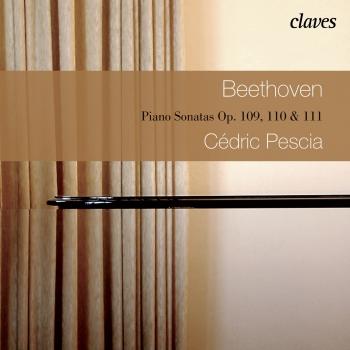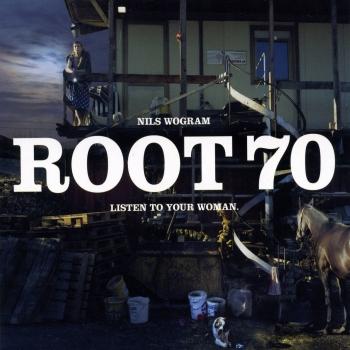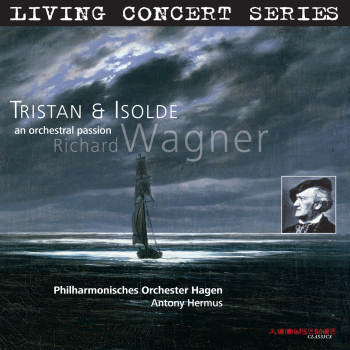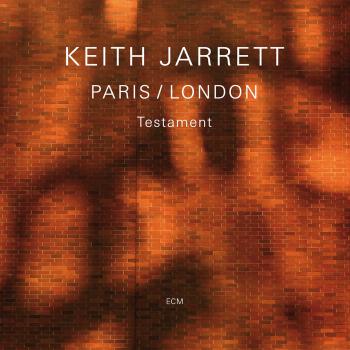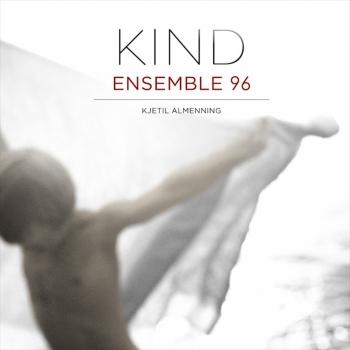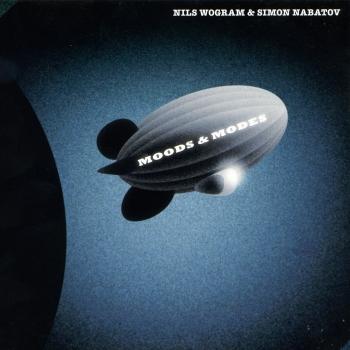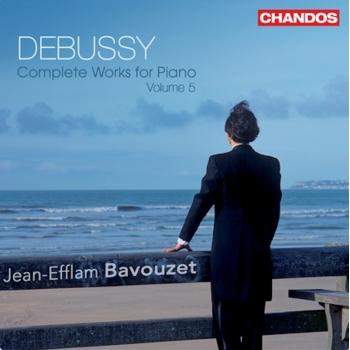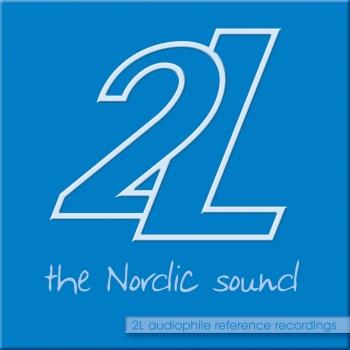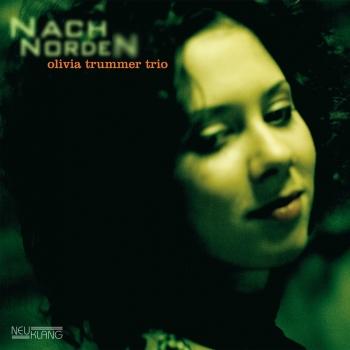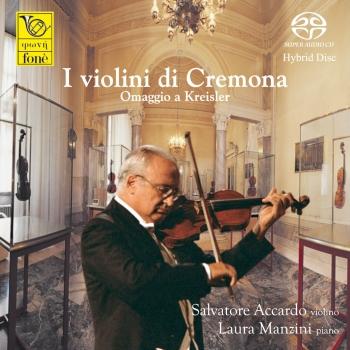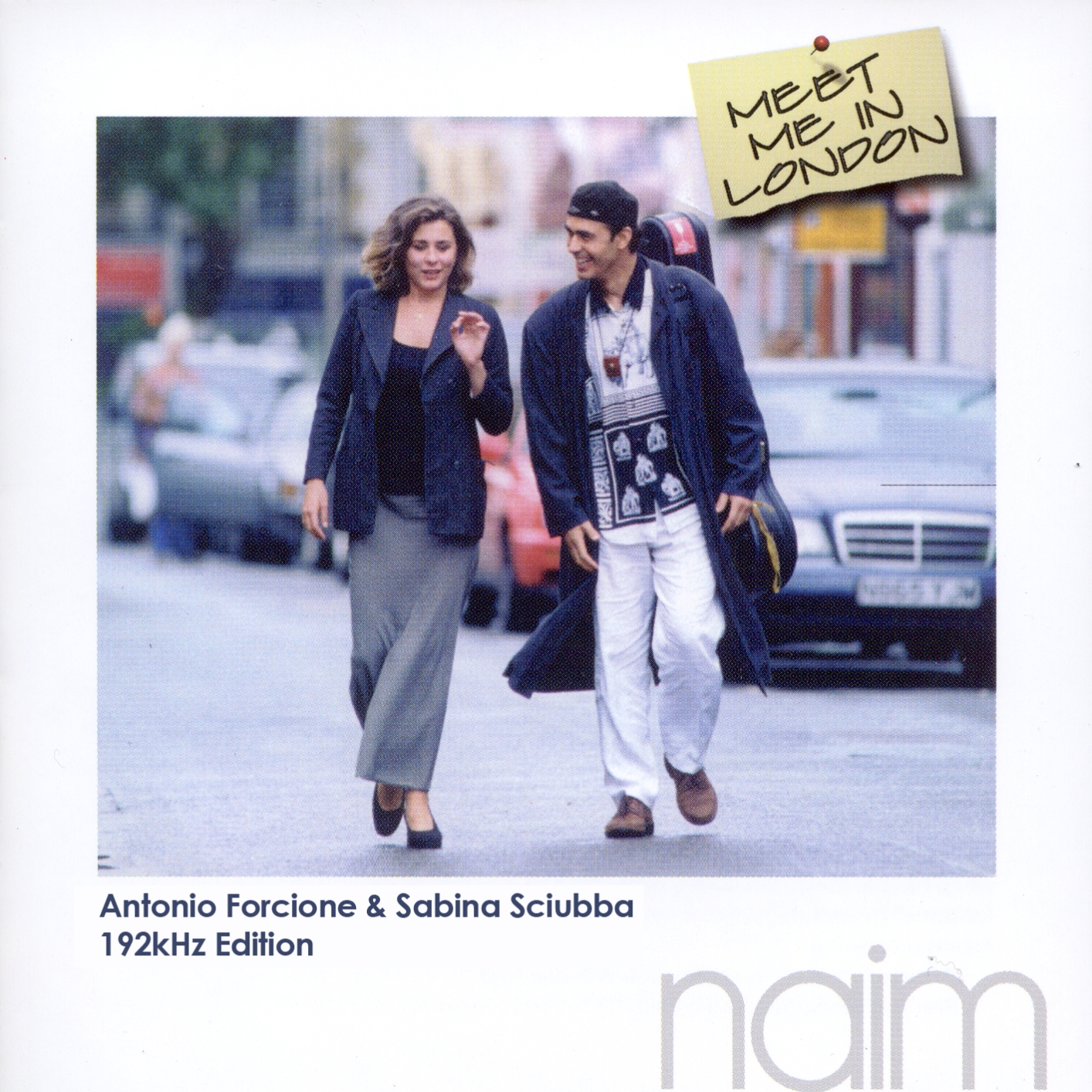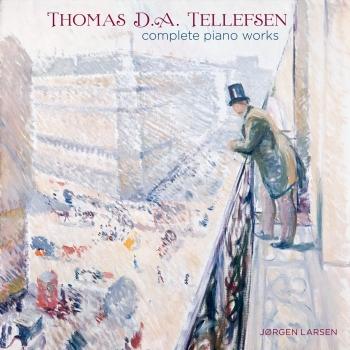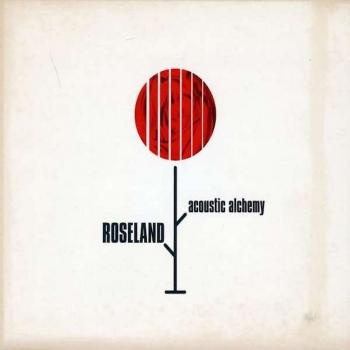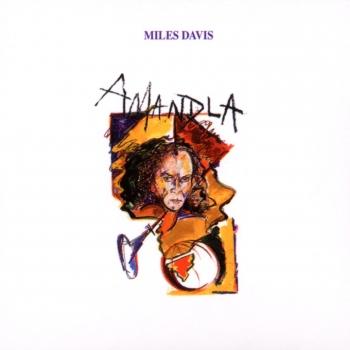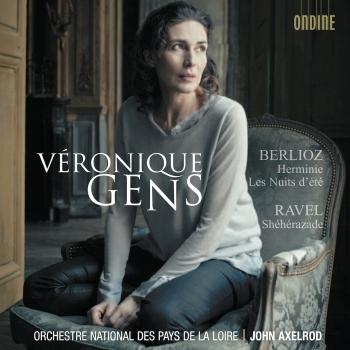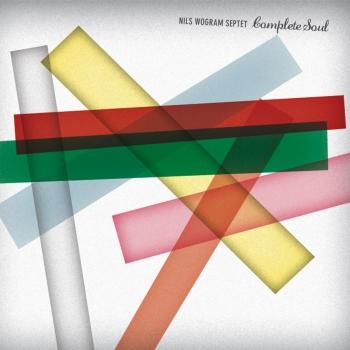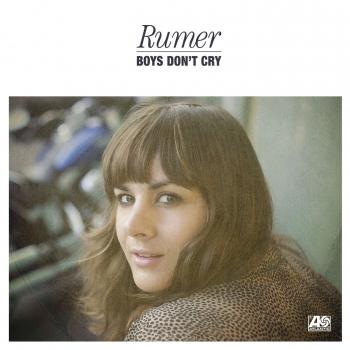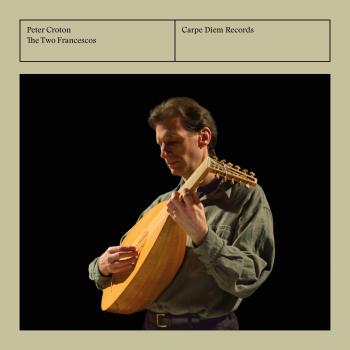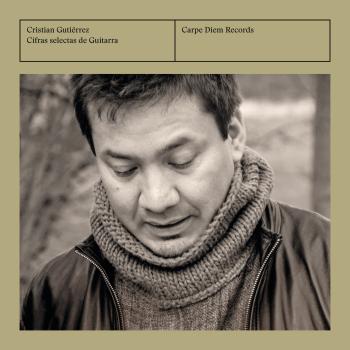
Album Info
Album Veröffentlichung:
HRA-Veröffentlichung:
14.01.2026
Label:
Genre:
Interpret:
Coming soon!
Danke, dass Sie sich für dieses Album interessieren. Sie können das Album noch nicht kaufen. Dafür schon mal reinhören!
Tipp: Nutzen Sie unsere Merkliste-Funktion.
Info zu Mozart: Horn Quintet, K. 407 & Oboe Quartet, K. 370 (Remastered from the Original Concert-Disc Master Tapes)
The period during which the Middle Quartets were written covers the years from around 1806 to 1810: the three Quartets, Opus 59 date from 1806-7, Opus 74 from 1809, and Opus 95 from 1810. During these same years, Beethoven composed his Fifth and Sixth Symphonies, the Violin Concerto, the E flat Piano Concerto, and the music to Egmont.
Historians have divided Beethoven’s works into three periods, not without basis. It is interesting to quote the noted musicologist, Gerald Abraham, as he reflects upon this middle period, which saw the closing of Classicism and the opening of Romanticism: “With Romanticism – one sees signs of the new attitude in late Haydn and late Mozart, years before Beethoven’s maturity – the whole conception, not of the quartet, but of music itself was
changing. A sonata or symphony or quartet was no longer a more or less objective piece of craftsmanship, shot through only with so much emotion as must always be spilled inadvertently into his creations by a craftsman of genius; it was a sublimated slice of the composer’s emotional life. Craftsmanship was becoming more and more a means only, not an end – and we must acknowledge that in reducing it to a mere means the composer lost a good deal of the pure joy of it.”
The Fine Arts Quartet was founded in 1946, although the group's members had actually begun working together as early as 1939 while playing in the Chicago Symphony Orchestra. The Quartet's first performance took place in 1940 with Leonard Sorkin, first violinist, Ben Senescu, second violinist, Sheppard Lehnhoff, violist, and George Sopkin, cellist. Military service in World War II intervened, however, and it was not until 1946, now with the new second violinist Joseph Stepansky, that the Quartet began to rehearse and perform regularly. The complete membership history of the Fine Arts Quartet, from 1946 to the present.
Abram Loft, violin
Leonard Sorkin, violin
George Sopkin, cello
Gerald Stanick, viola
Digitally remastered
Keine Biografie vorhanden.
Dieses Album enthält kein Booklet













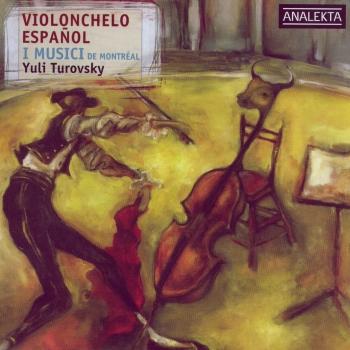









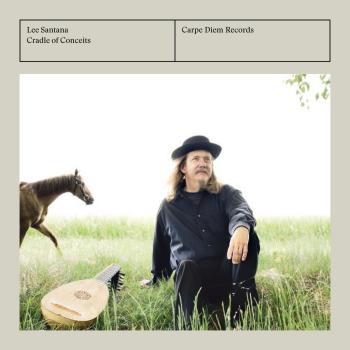




![Cover Dido and Aeneas [Opera]](https://storage.highresaudio.com/web/imgcache/bc69eacb37a31e6bd4b7ea906fe9bcda/field4_350x350.jpg)
